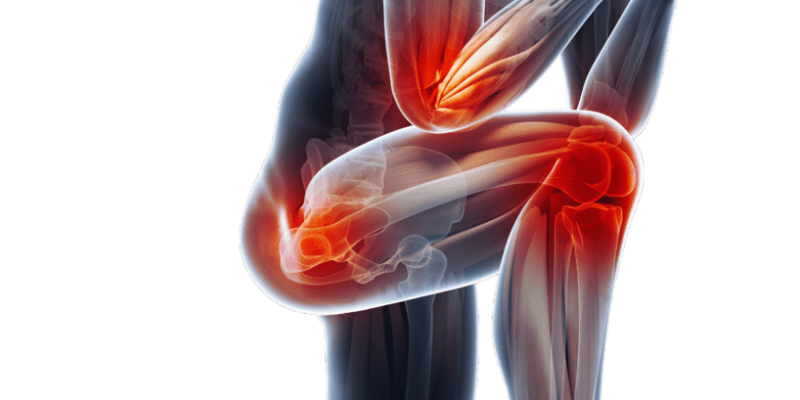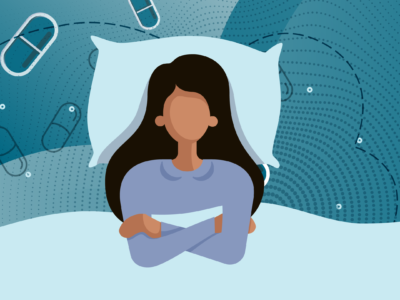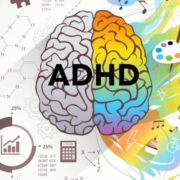
Pain Management for Seniors: Special Considerations
As individuals age, they often experience a range of health challenges, including chronic pain conditions. Pain management in seniors requires a thoughtful approach that considers their unique physiological, psychological, and social needs. Understanding these factors can help caregivers and healthcare providers develop effective strategies for alleviating pain while enhancing quality of life.
Understanding Pain in Seniors
Common Pain Conditions
Seniors frequently suffer from several common pain conditions, including:
Arthritis: Osteoarthritis and rheumatoid arthritis can lead to joint pain and stiffness.
Back Pain: Degenerative changes in the spine often result in chronic back pain.
Neuropathic Pain: Conditions such as diabetic neuropathy can cause nerve pain.
Cancer-Related Pain: Seniors with a history of cancer may experience pain from the disease itself or its treatment.
Age-Related Changes
As people age, their bodies undergo various changes that can affect pain perception and management:
Altered Metabolism: Seniors may metabolize medications differently, affecting their efficacy and side effects.
Increased Sensitivity: Age can increase sensitivity to pain, making it essential to tailor pain management strategies.
Comorbidities: Many seniors have multiple health conditions that complicate pain management, necessitating a comprehensive approach.
Special Considerations for Pain Management
1. Comprehensive Assessment
A thorough assessment is vital for effective pain management in seniors. This includes:
Understanding Pain History: Gathering detailed information about the onset, duration, and characteristics of pain.
Evaluating Functionality: Assessing how pain impacts daily activities, mobility, and quality of life.
Considering Psychological Factors: Identifying any anxiety, depression, or cognitive decline that may influence pain perception.
2. Multimodal Approach
Using a combination of treatments can enhance pain relief while minimizing the risks associated with medications. This multimodal approach may include:
Medications: Nonsteroidal anti-inflammatory drugs (NSAIDs), acetaminophen, and topical analgesics can be effective. However, opioids should be prescribed cautiously due to the risk of dependency and side effects.
Physical Therapy: Tailored exercises can improve strength, flexibility, and mobility, helping to alleviate pain.
Occupational Therapy: Assisting seniors in adapting their environments and daily activities can reduce pain and enhance functionality.
3. Non-Pharmacological Interventions
Incorporating non-drug therapies can significantly improve pain management:
Heat and Cold Therapy: Applying heat or cold packs can relieve muscle tension and reduce inflammation.
Acupuncture and Massage: These alternative therapies can help manage pain and promote relaxation.
Mindfulness and Relaxation Techniques: Practices such as meditation, yoga, and deep breathing can help reduce stress and improve pain perception.
4. Medication Management
Due to the unique pharmacological needs of seniors, careful medication management is essential:
Start Low, Go Slow: Begin with lower doses of medications and adjust gradually to minimize side effects.
Regular Monitoring: Regularly assess the effectiveness of medications and watch for potential side effects, especially with new prescriptions.
Avoid Polypharmacy: Be cautious of prescribing multiple medications to avoid interactions and complications. Regular reviews of all medications are crucial.
5. Education and Communication
Effective communication between healthcare providers, seniors, and caregivers is essential for successful pain management:
Educate Patients: Help seniors understand their pain conditions and the rationale behind treatment options.
Encourage Reporting: Urge seniors to report changes in pain levels or new symptoms to their healthcare providers promptly.
6. Addressing Psychological and Social Factors
Pain can have a significant emotional impact on seniors. Addressing these factors can improve overall pain management:
Psychological Support: Cognitive-behavioral therapy (CBT) and counseling can help seniors cope with the emotional aspects of chronic pain.
Social Engagement: Encouraging social interactions and participation in community activities can improve mood and reduce feelings of isolation.
7. Tailored Exercise Programs
Physical activity is crucial for maintaining mobility and reducing pain. However, exercise programs should be tailored to individual capabilities:
Gentle Activities: Low-impact exercises, such as walking, swimming, and tai chi, can help improve strength and flexibility without exacerbating pain.
Consistency: Encouraging regular exercise can lead to long-term benefits in pain management and overall health.
Conclusion
Effective pain management for seniors requires a comprehensive, individualized approach that considers their unique needs and circumstances. By employing a multimodal strategy that combines medications, therapies, and lifestyle changes, healthcare providers can enhance the quality of life for older adults suffering from pain. Open communication, regular assessments, and a focus on both physical and emotional well-being are essential components of successful pain management. With the right support and strategies, seniors can navigate pain more effectively, allowing them to enjoy a more active and fulfilling life.









